I've found that the only way to remember what plants I've seen in my rides is to keep a list and do some research. This is a list of the small shrubs and bushes of the Mojave Desert based upon the book Native Plants of Southern Nevada: an Ethnobotany by David Rhode.
Small Bushes and Sub-shrubs:
Desert Plants: Succulents | Cacti | Lg. Shrubs | Sm. Shrubs | Herbaceous | Trees
Mojave Seablite (Suaeda moquinii):
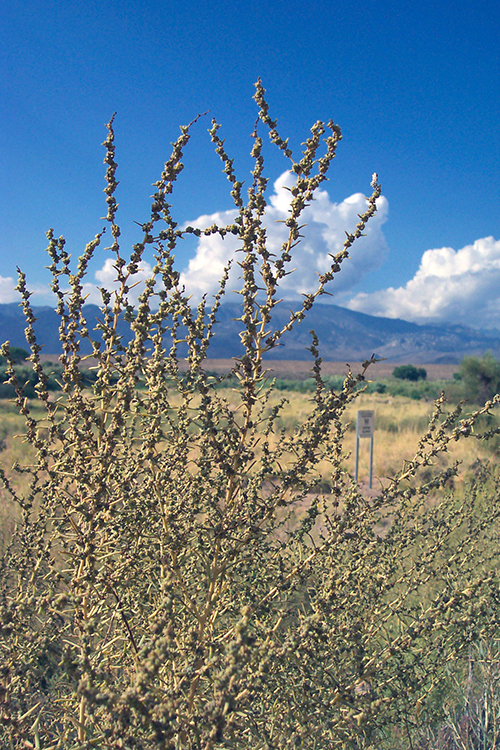
Desert Globe Mallow (Sphaeralcea ambigua):
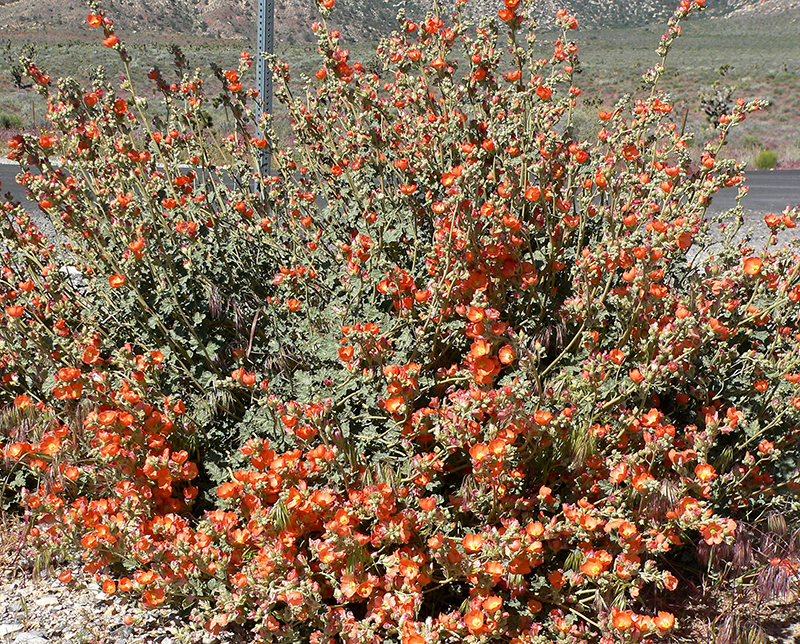
Brittlebush (Encelia farinosa):
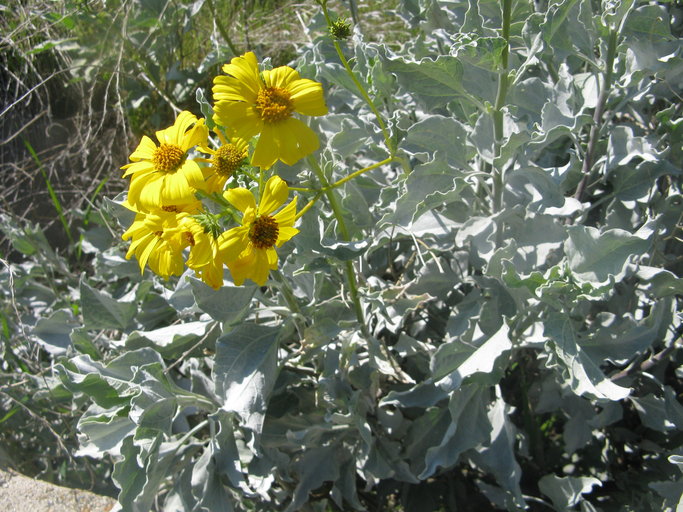
Desert Prince's Plume (Stanleya pinnata):
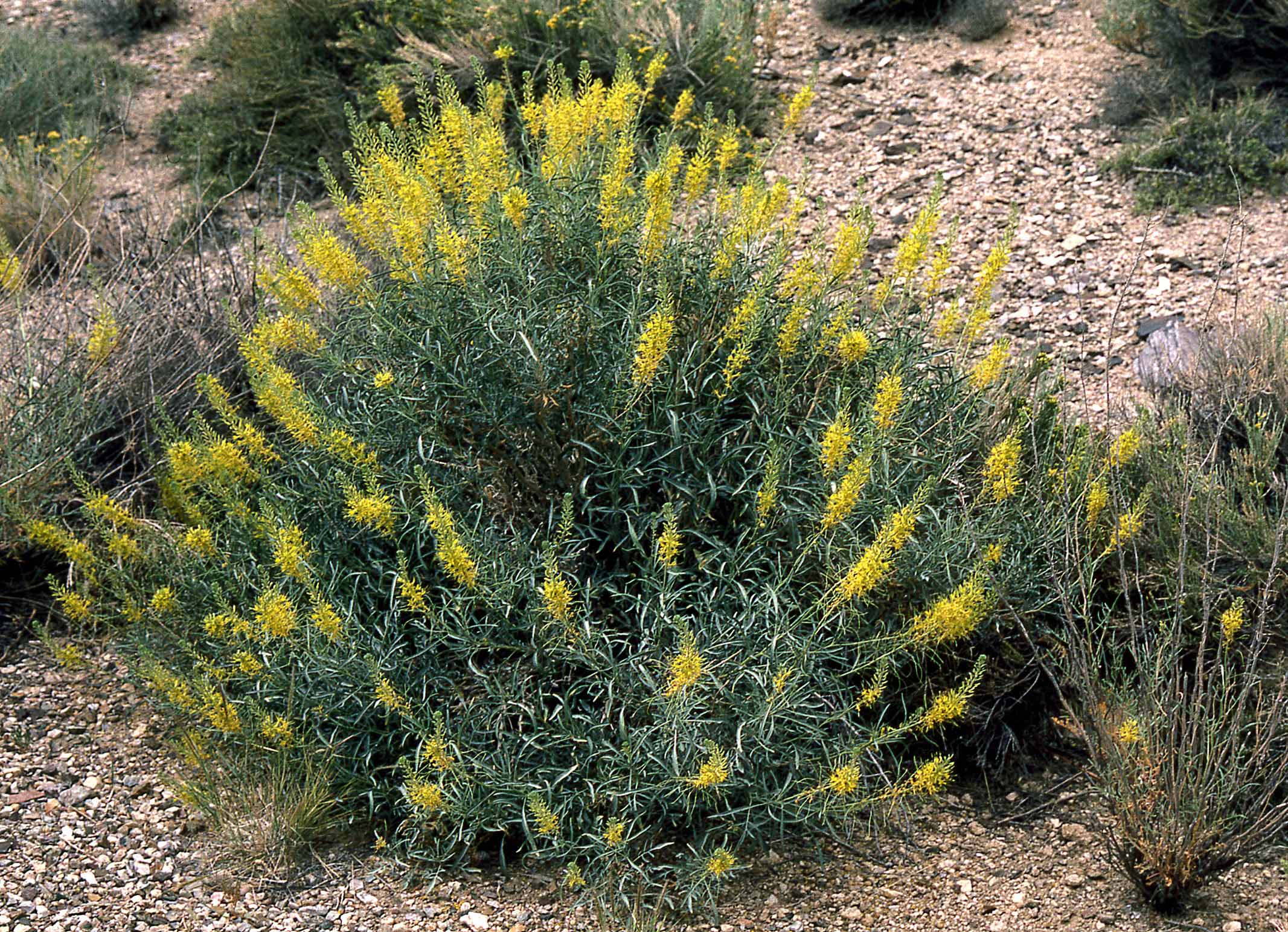
Turpentine Broom (Thamnosma montana):
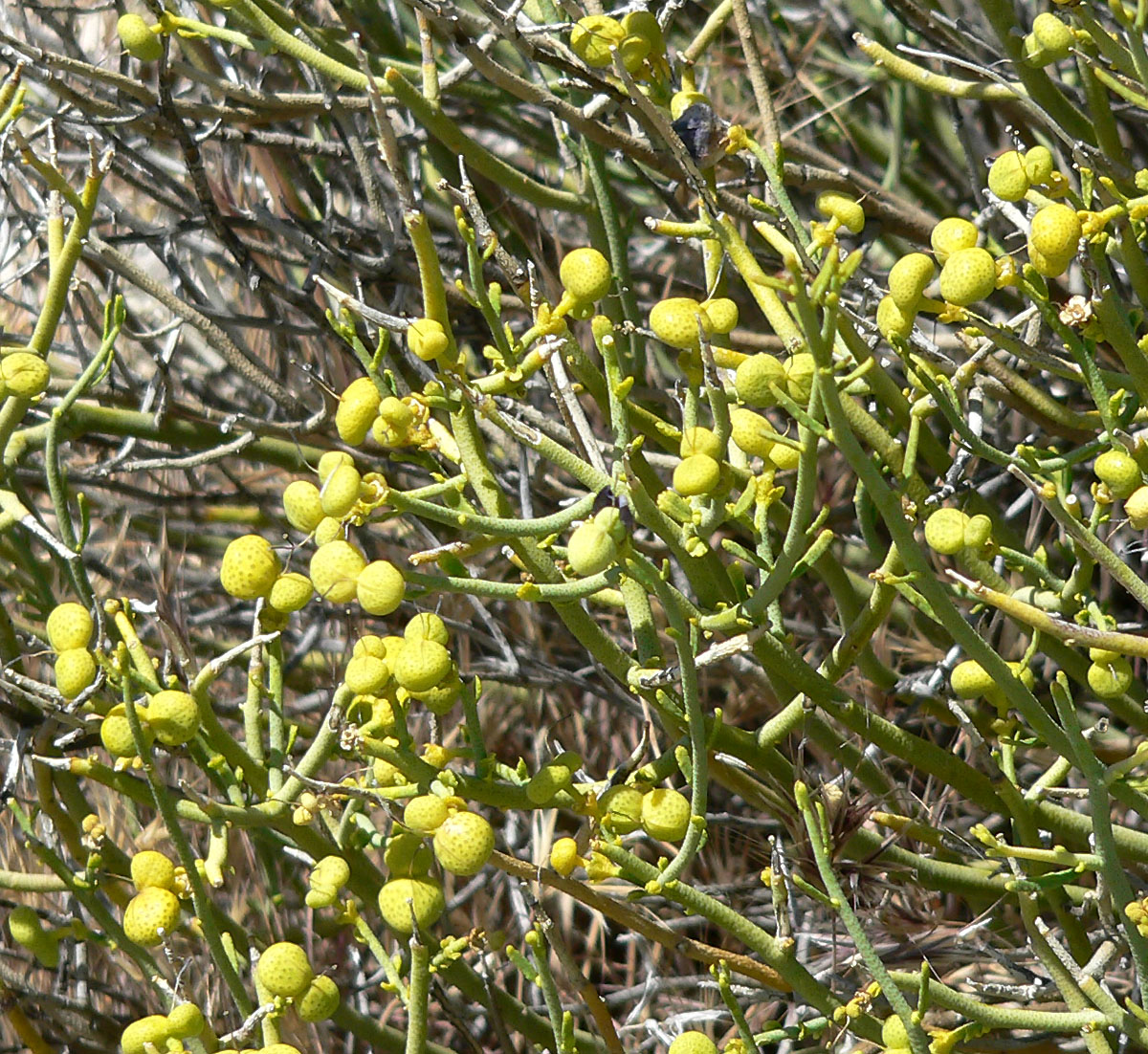
Brownplume Wirelettuce (Stephanomeria pauciflora):
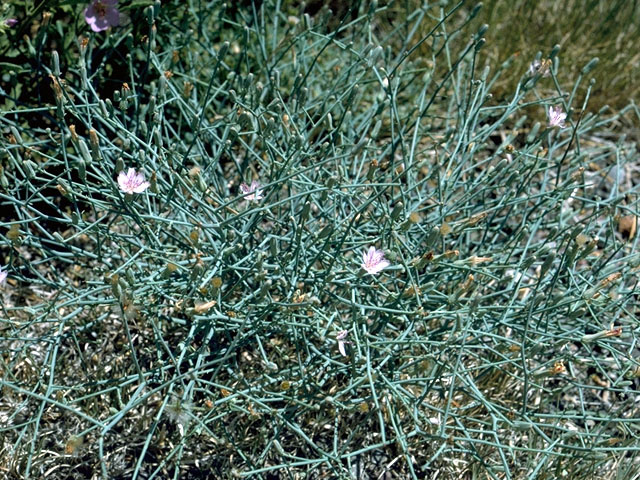
Threadleaf Snakeweed (Gutierrezia microcephala):
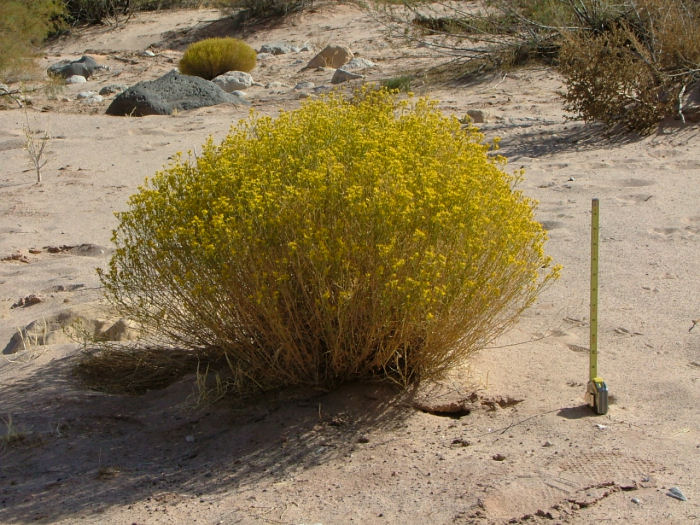
Broom Snakeweed (Gutierrezia sarothrae):
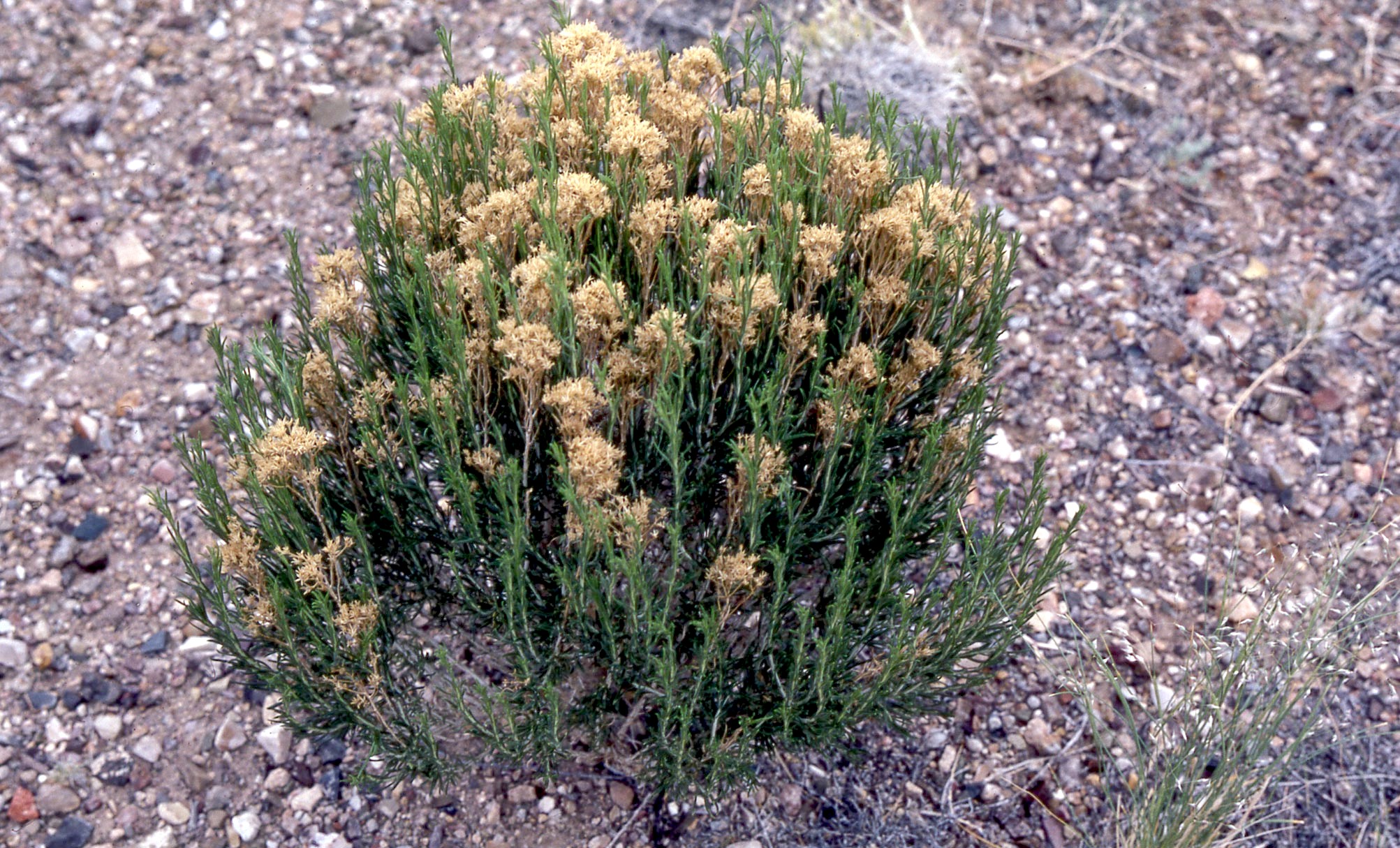
Winterfat (Ceratoides lanata):
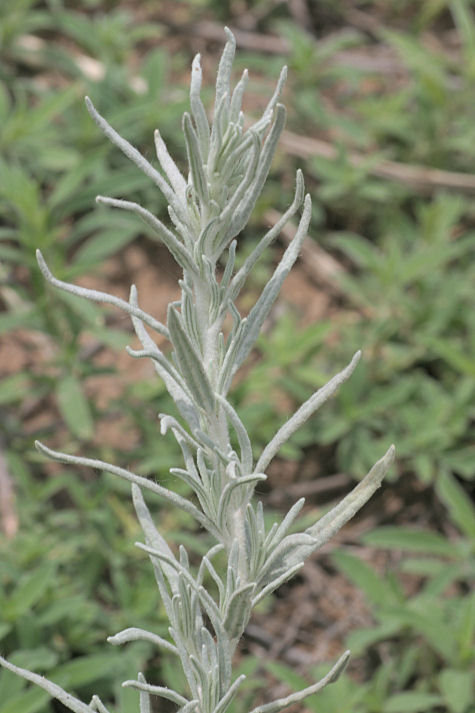
Littleleaf Ratany (Krameria erecta):
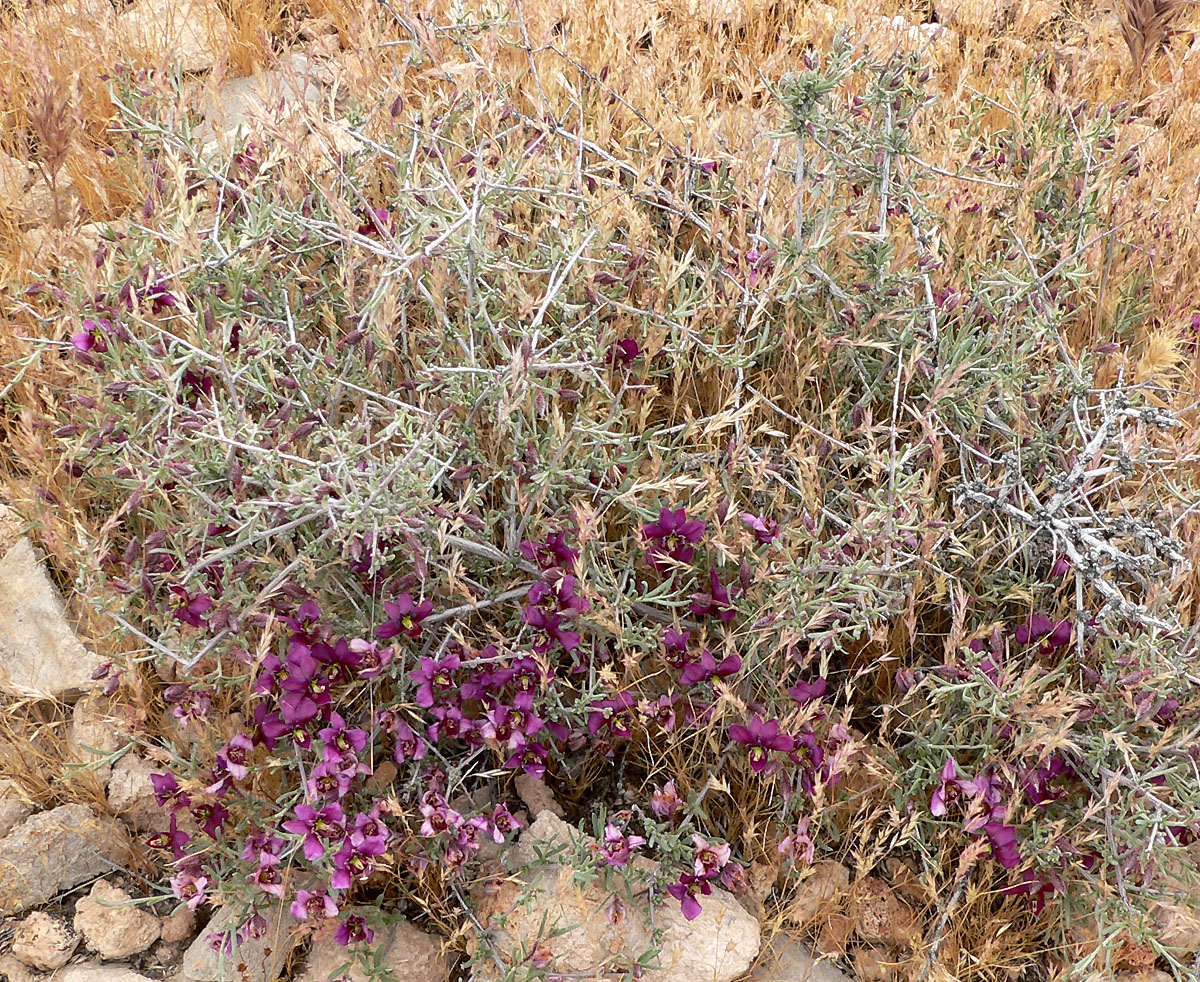
Purple Sage (Salvia dorrii):
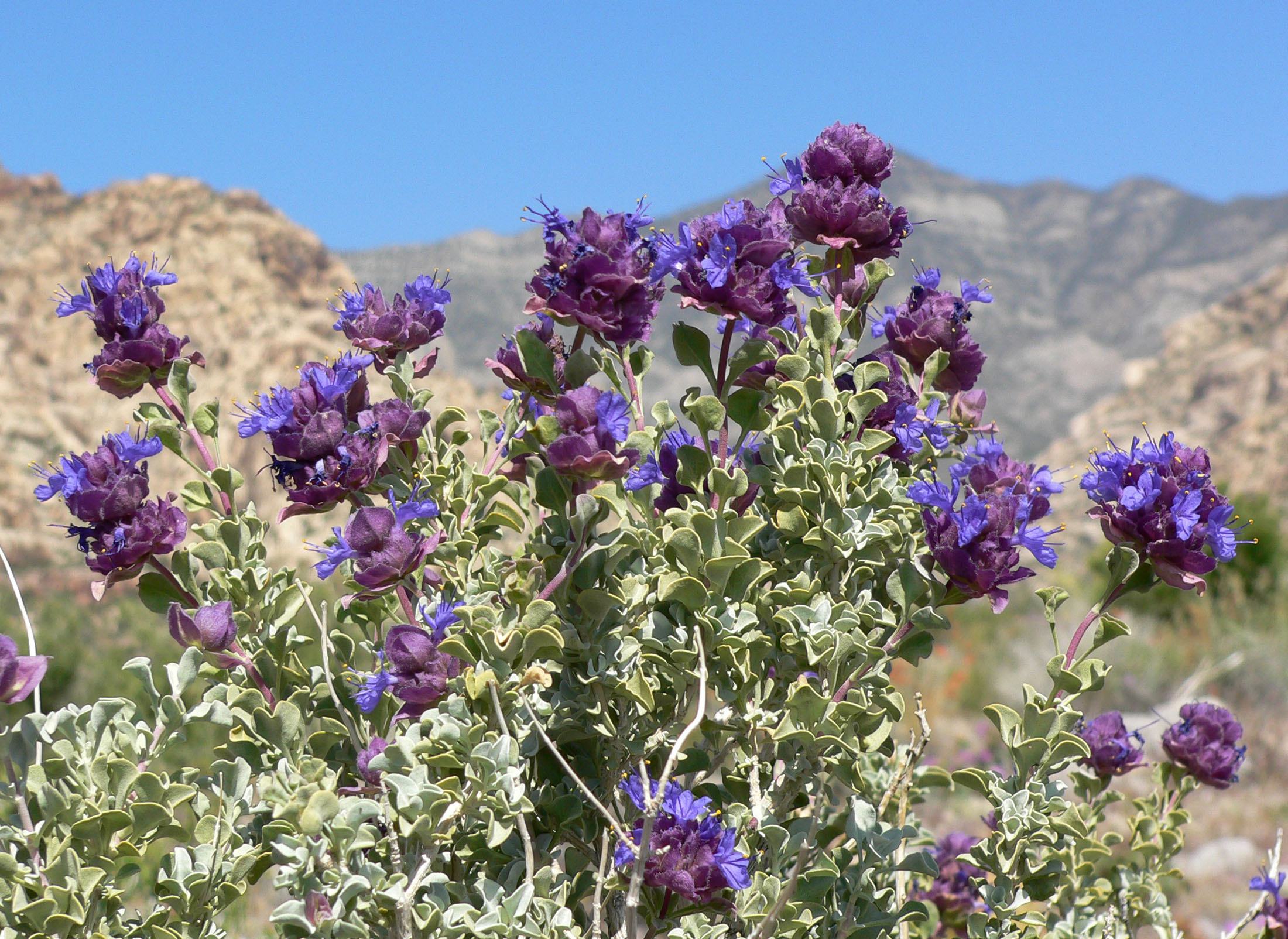
Mountain Sagewort (Artemisia ludoviciana):
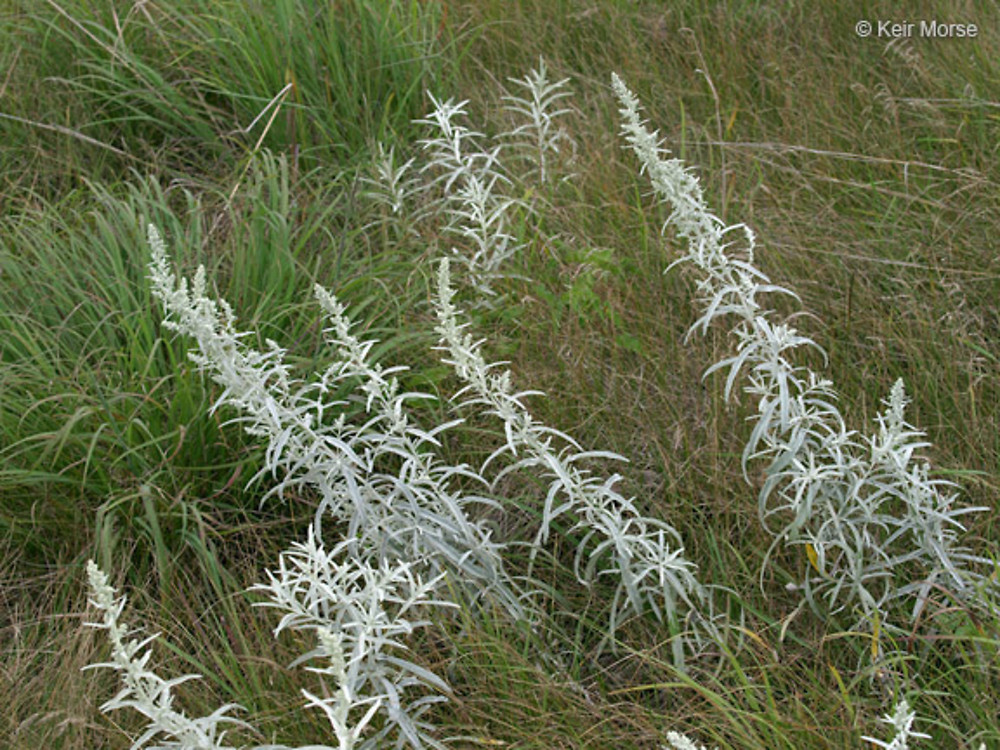
Burrobush, Burroweed, White Bursage (Ambrosia dumosa):
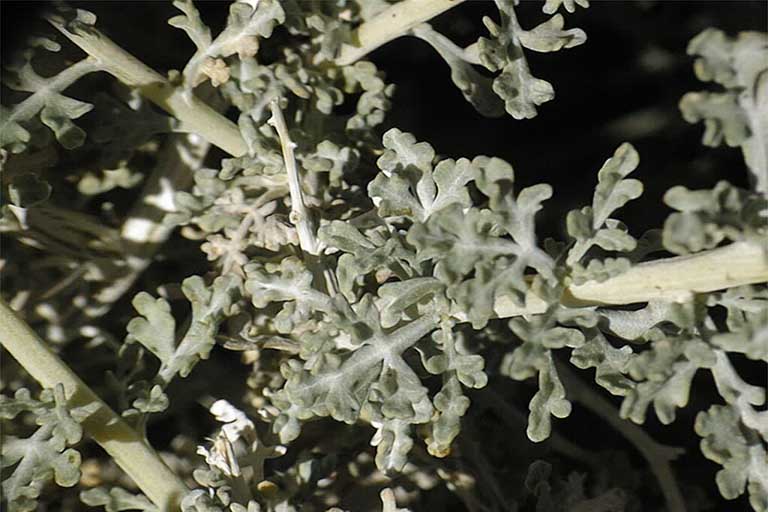
White Bursage, Valley of Fire
One of the species of ragweed and most arid-adapted perennials in North America. Also the most allergenic. eradication of ragweed is considered impossible. It is highly allergenic, generally considered the greatest allergen of all pollens, and the prime cause of hay fever in North America. It is considered important to control the spread of ragweed in large abandoned or uncultivated areas. Ragweed pollen can remain airborne for days and travel great distances, affecting people hundreds of miles away. Most of the year it is ashy-white, low to the ground and often unnoticed. It does green-up and flower when there is enough water. A. dumosa is a highly branched shrub 20 to 90 cm in height. The younger stems are covered with soft gray-white hairs. Approximately obovate leaves are 1 to 3 times pinnately compound or deeply lobed and generally clustered on short branches. The leaves are 0.5 to 4 cm long and also covered in soft gray-white hairs. A. dumosa has spherical bur-like fruits ranging in color from golden to purple to brown. Along with microscopic hairs, the fruit has 12 to 35 flat and straight spines which are 5 to 9 mm in length and scattered over the surface
Desert Holly (Atriplex hymenelytra):
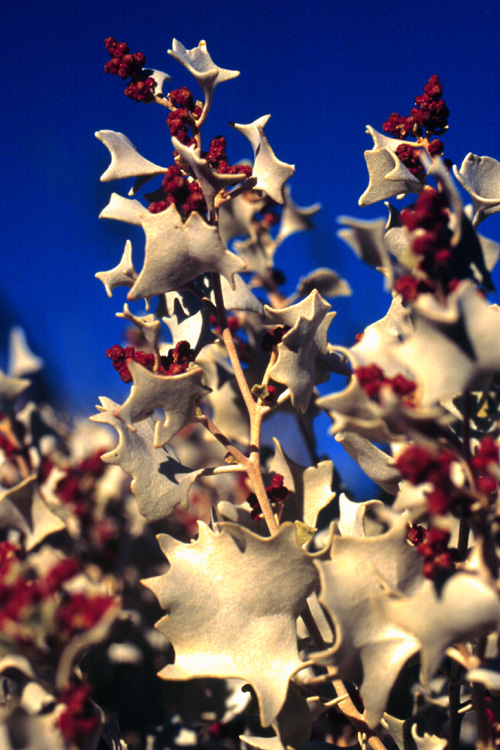
Desert Holly
2-3ft gray-white shrub. Grows from Utah to southern Ca.. It is used in decorations. It needs perfect drainage ,as little water as possible to keep alive.
They will defoliate under extreme drought. The salt they accumulate in their leaves allows them to extract water from the soil other plants cannot. They need to be under some form of water stress, either drought, salt, or salt spray.
a species of saltbush known by the common name desert holly. This is a desert-dwelling shrub reaching heights of between one half and one meter. It is generally a rounded bush covered in distinctive silver-gray, twisted, oblong, many-pointed leaves. The fruits are enclosed in disc-shaped bracteoles after flowering. The toothed leaves and the small reddish fruits borne on the plant give it a passing resemblance to the unrelated European holly.
Blackbrush (Coleogyne ramosissima):
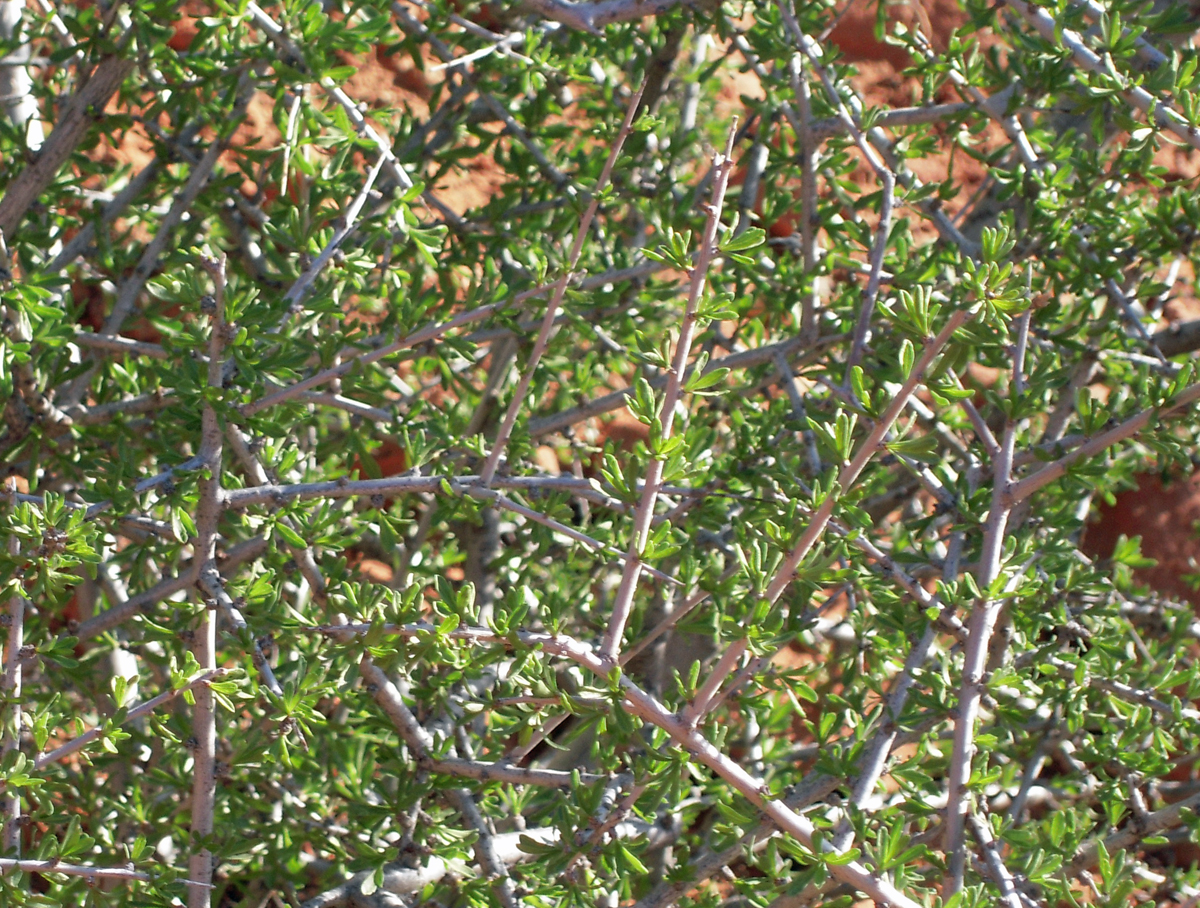
Gunlock, Spring '09
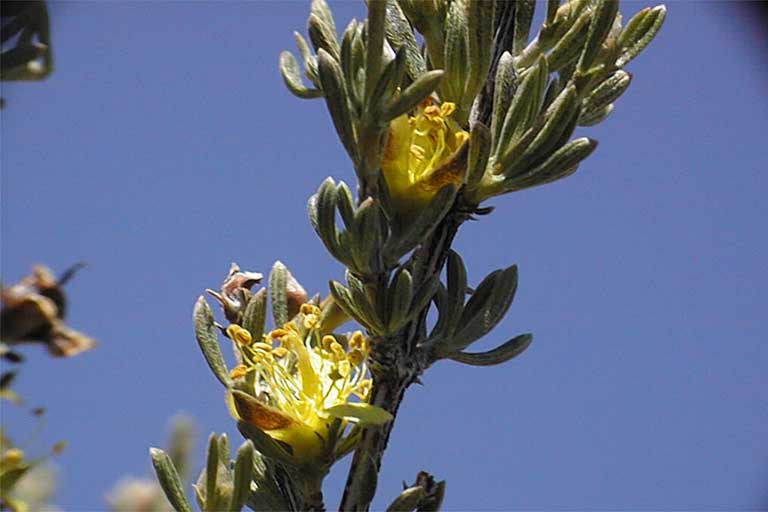
Larry Blakely
An aromatic shrub, with opposite branches that are short and rigid, becoming spinescent with age. It forms nearly pure stands on large areas, flowers March to May and reproducing only from seeds. Fruit formation occurs only in years of good precipitation. Leaves are hairy, opposite, in crowded fascicles, linear and rolled under. Establishment from seed by this species is rare, requiring two good moisture years in succession in order to reproduce. Blackbrush is not preferred as forage by domestic livestock, deer, or pronghorn, but is does provide poor forage during the spring, summer, and fall for domestic cattle, horses, and sheep. Mule deer and bighorn sheep generally use the blackbrush vegetation type in winter. Small mammals and birds consume blackbrush seeds.
Desert senna (Senna armata):
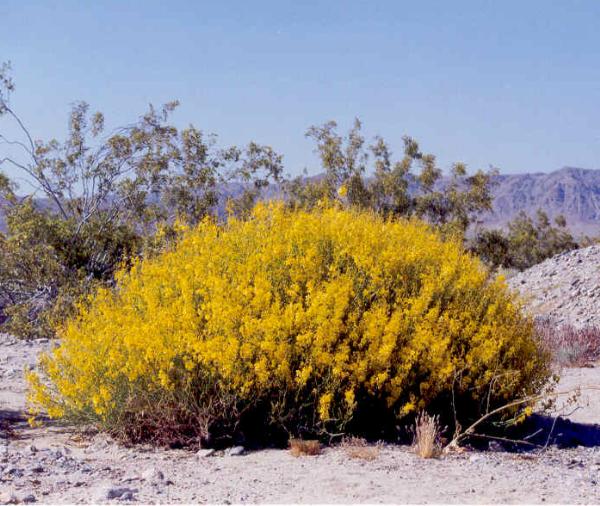
Desert Senna
Formerly recognized as Cassia armata, Desert or "spiny" senna is a full, rounded, much-branched shrub growing to 6' tall. The yellow-green striped stems are leafless throughout much of the year, but will develop leaves with 2-4 pairs of distantly-spaced, opposing, oval leaflets. It is common in sandy and gravelly washes and open flats in both deserts below 3000' and blooms from April to May. The five yellow to salmon-red petals are slightly less than 1/2" in diameter. The fruit is a cylindrical pod, a little over 3/4" long, which falls off and contains few seeds.
Desert Plants: Succulents | Cacti | Lg. Shrubs | Sm. Shrubs | Herbaceous | Trees